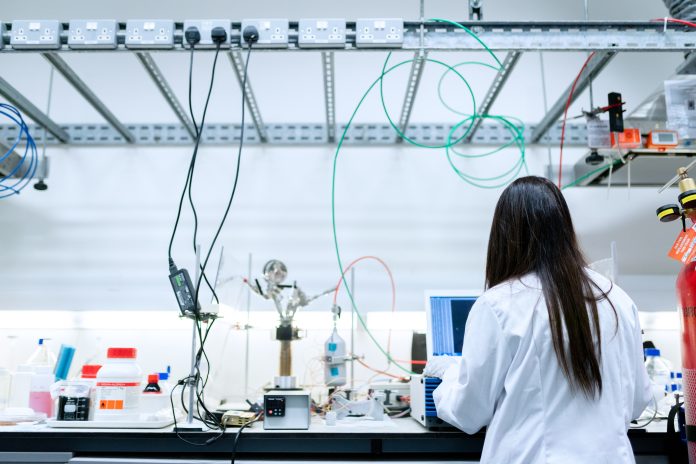A pneumatic conveyor is used in transporting materials through the air or other gases. This conveying system can be utilized in many industries, including food processing, pharmaceuticals, chemicals, etc. The main benefit of using a pneumatic conveyor is that it needs minimal supervision and energy consumption, likened to classic methods such as mechanical conveyors or belt systems.
And, since the ferried material is confined within a pipe network, there are no dust emissions into the environment, making it an ideal solution for applications where environmental safety is paramount. When evaluating pneumatic conveying for your enterprise needs, you should contemplate aspects such as throughput rate (how much material can be hauled per hour), pressure drop (the contrast between the start and end points) and particle size range (what type of particles are being carried).
With these considerations in mind, you will be able to determine if this method of transportation would work best for your particular application.
Exploring Different Types of Pneumatic Conveyor Systems
Pneumatic conveyor systems are often used in industrial settings to transport bulk materials, such as powders and granules. Several types of pneumatic transporting systems are open, each with advantages and drawbacks.
The most familiar type is the dilute phase method, which uses high-pressure air to push material through a pipeline. This system is perfect for ferrying large amounts of material over long stretches.
Another kind is the dense phase system, which utilizes low-pressure air to drive the material through a pipeline at slower speeds. This system is best suited for short lengths and small portions of material.
Vacuum conveying systems use negative pressure to drive the material through a pipeline, making them perfect for transporting delicate materials that other pneumatic conveying techniques may damage.
Finally, there are hybrid systems that combine elements from both dilute and dense phase systems to create an efficient and cost-effective solution for transporting bulk materials.
Design Considerations for Effective Pneumatic Conveying
When designing a pneumatic conveyor system, several key considerations must be considered. First and foremost, the type of material being conveyed must be determined. Different materials require different plans; some may require more pressure or higher velocities than others.
Moreover, the size and shape of the particles should also be considered, as this will affect the system’s design. The distance between the source and destination points is another essential factor when designing a pneumatic conveyor system. Longer lengths require larger pipes and higher pressures to maintain an efficient flow rate.
Finally, it is necessary to consider any potential obstacles that may impede material flow through the system. It could include bends in the pipe or elevation changes that could cause blockages or slowdowns in material flow.
Monitoring and Maintenance Strategies for Optimal Performance
It is important to regularly observe and sustain the system to guarantee the optimal implementation of pneumatic conveyor systems. It contains scanning for any indications of wear and tear, such as leaks or blockages and assures that all components work perfectly.
Besides, checking the system’s pressure levels to ensure they are within the recommended range is essential. Examining the tubes and hoses for any signs of wear or deterioration is also necessary. Regularly washing out the system can assist in preventing clogs and other issues from occurring. Finally, monitoring the airflow rate to ensure consistency throughout the system is essential.
According to a report by Market Research Future (MRFR), the pneumatic conveying system market is projected to reach $8.4 billion with a compound annual growth rate of 6.19% by the end of the decade. This is due to an overwhelming shift to pneumatic conveying systems over mechanical options thanks to the many benefits they provide like lower maintenance costs, easier installation, and in comparison are more flexible and durable. All things considered, the future of pneumatic conveying systems looks bright.

